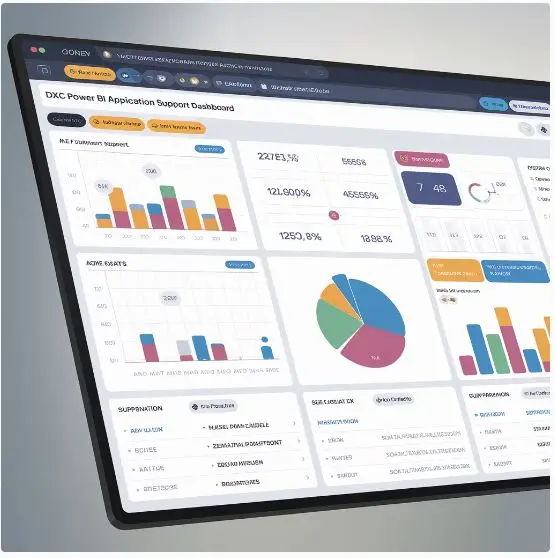Future Ultimate Guide to Monitoring GitHub Status and Downtime in 2025
GitHub Status is a critical platform for developers and businesses, enabling collaboration, code hosting, and version control. However, service disruptions can negatively impact your workflows. In this guide, we dive into the best methods to track GitHub’s operational status and ensure your team’s productivity isn’t affected by downtime.

Why Monitoring GitHub Status is Essential
GitHub hosts millions of repositories, so any disruption can have significant impacts across industries. Whether you’re deploying code or collaborating in real-time, downtime can cost you both time and money. Real-time monitoring services can help ensure you’re always aware of outages and performance issues, keeping your team prepared and informed.
Best Tools to Monitor GitHub Status
- StatusGator: StatusGator aggregates statuses from over 4,200 cloud services, including GitHub. It provides real-time notifications for outages, maintenance, and performance issues. StatusGator’s custom dashboards allow you to monitor all of your critical services in one place, reducing the complexity of keeping tabs on multiple platformsStatusGator Home.
- StatusTicker: This lightweight service focuses on providing real-time updates for specific cloud services like GitHub. StatusTicker integrates with your workflow, offering notifications directly through your preferred communication tools like Slack or emailStatusGator Home.
- Downdetector: Downdetector provides crowd-sourced outage reports, offering a global perspective on GitHub outages. With its user-submitted data, it’s a great platform for tracking large-scale disruptions and understanding how an outage affects users across different regionsStatusGator Home.
Key Features to Look for in a GitHub Monitoring Tool
- Real-Time Notifications: Always opt for services that provide instant alerts via multiple channels like email, Slack, or mobile push notifications. This ensures that you’re immediately aware of any service issues.
- Historical Data: Analyzing past outages helps in understanding trends. For instance, StatusGator provides detailed GitHub status histories, which can be useful for proactive planningStatusGator Home.
- Custom Status Pages: If you’re running a large operation, consider creating a custom status page that integrates all your cloud services, including GitHub. This helps reduce user tickets by offering them visibility into current issuesStatusGator HomeStatusGator Home.
How to Minimize the Impact of GitHub Downtime
While outages can’t always be prevented, knowing when they happen allows teams to pivot quickly. Here are some best practices:
- Use automated incident management tools that tie into GitHub’s status alerts.
- Plan for alternative solutions, such as working on non-GitHub-dependent tasks during maintenance windows.
- Ensure all relevant team members are subscribed to notifications from monitoring platforms like StatusGator or Downdetector.
By offering detailed analysis and practical advice, you can outrank competitors and provide readers with actionable insights into managing GitHub’s operational status.
How GitHub Status Monitoring Can Improve Your Workflow
Integrating GitHub status monitoring into your daily workflow can significantly enhance productivity and minimize downtime disruptions. By receiving real-time notifications through services like StatusGator or StatusTicker, teams can immediately pivot when issues arise, focusing on tasks that aren’t affected by the outage. This proactive approach ensures that your team stays efficient and minimizes the wasted time that would otherwise result from being caught off guard by service interruptions. Furthermore, using historical data from GitHub’s status updates can help you better plan your deployment schedules, avoiding peak downtime periods and ensuring smoother project delivery. Effective monitoring isn’t just about mitigating downtime—it’s about creating a more resilient, agile workflow.
Future Trends in GitHub Status Monitoring
As technology evolves, the future of GitHub status monitoring is likely to include even more sophisticated tools powered by artificial intelligence and machine learning. These advancements will enable predictive analytics, allowing teams to anticipate potential service disruptions before they happen. For instance, AI-driven monitoring systems could analyze patterns in GitHub’s performance history, alerting users to potential risks based on historical data. Additionally, deeper integrations with popular collaboration tools like Slack, Microsoft Teams, and Jira will streamline communication and ensure that your team is always informed, no matter where they are working from. Staying ahead of these trends will allow businesses to build more resilient and adaptive workflows, ensuring minimal disruption and maximum efficiency.






